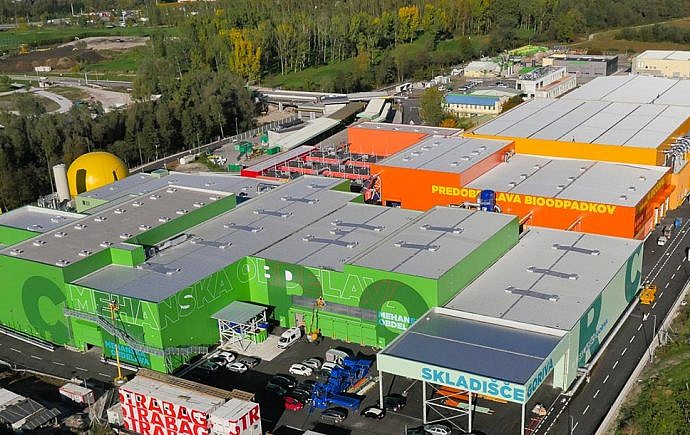Geodetic network is a group of interconnected geodetic points and serves as the basis for carrying out measurements in the field of engineering geodesy. Geodetic networks represent the materialization of the coordinate system on the site and allow the measurements to be made with the required precision throughout the construction site and at any stage of the construction of the building.
With the help of data on the points of the national geodetic network, precise electronic instruments for measuring angles, distances and height differences, and with the instruments for GNSS measurements, the coordinates of any point in the space can be determined with the accuracy allowed by the selected measurement method.
Depending on the purpose and depending on the specific requirements of individual projects, infrastructure in the space or for the monitoring of deformations on existing facilities or infrastructures in practice a local geodetic network needs to be established for each site.
LGB establishes the following geodetic networks:
- horizontal (positional) geodetic networks
- altitude (levelling) geodetic networks
- three-dimensional (combined) geodetic networks
When to set up a geodetic network?
Establishment of a geodetic network is required:
- for detailed measurement of the terrain for the needs of the creation of the geodetic plan
- to carry out the staking-out of buildings and infrastructure
- when the data of the existing geodetic points are missing or not updated
- when the accuracy of the data of the existing geodetic points is inadequate
- when the geometry of the existing geodetic network does not provide the prescribed accuracy of measurements
- to carry out control measurements at and after the construction of the facility or infrastructure
Why establish a geodetic network?
Geodetic networks need to be established:
- that geodetic measurements during the construction of the facility will be carried out with the prescribed precision throughout the construction site and at any stage of the construction (a uniform geodetic datum)
- to accurately determine the position of objects in 3D space
- to produce topographic plans
- for cadastral measurement, with which we determine the state of plots and objects



